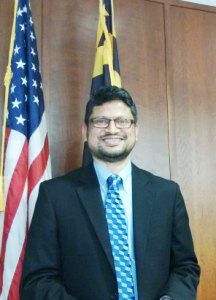Eid al-Adha and Eid al-Fitr won’t be official school holidays next year, but some school board members say a change needs to be made in determining the basis for adding new holidays to the county schools’ calendar.
While the decision won’t affect the next school year, the Montgomery County school board didn’t amend the school calendar Tuesday to give students and staff in Montgomery County Public Schools the day off on two Muslim holidays.
Among other information, the board considered absenteeism data from Eid al-Adha, which fell on Oct. 15 this year, before voting to approve the 2014-15 school year calendar.
School system officials have said the system needs a secular reason, such as high absenteeism rates from students and staff, to legally justify closing schools on a holiday.
Board members Michael Durso and Justin Kim voted against the calendar’s approval.
Before the vote, school board President Christopher S. Barclay said he thinks the public school system needs to develop “a realistic and fair measure” for determining when student and staff absenteeism on a holiday is high enough to justify closing schools.
In next school year’s calendar, the holidays — Eid al-Adha and Eid al-Fitr — would not have conflicted with classes. The holidays change each year as they follow the Islam lunar calendar.
Eid al-Adha marks the Hajj pilgrimage to Mecca. Eid al-Fitr celebrates the end of Ramadan.
The issue of closing schools on the holidays is at the heart of the Equality for Eid Coalition — sponsored by the Maryland chapter of the Council of American Islamic Relations — which has called for an amended school calendar.
The coalition also called for students and staff members to skip school on Oct. 15 and instead celebrate Eid al-Adha.
The school system recognizes both Muslim holidays by declaring them non-testing days and giving Muslim students excused absences.
On the Oct. 15 holiday, and on several days around it, the school system tracked absenteeism.
According to a Nov. 7 letter from Superintendent Joshua P. Starr to County Councilman George Leventhal, about 5.6 percent of students and 5 percent of teachers were absent on Eid al-Adha this year compared to about 3.2 percent of students and 4.2 percent of teachers the same day the previous week.
The letter also said that about 5.5 percent of students and 6.3 percent of teachers were absent the day before the holiday (which was Columbus Day) and about 3.9 percent of students and 4.6 percent of teachers were absent the day after the holiday.
School system officials have previously said the school system did not have the records showing how it came to its decision regarding the Jewish holidays.
But, school board Vice President Phil Kauffman said the school system recently located some of the files related to its decision to close on the Jewish holidays. A Nov. 5, 1973, memo, he said, shows the decision was made based on high absenteeism that hindered schools’ ability to teach students.
That memo, he said, looked at about five years worth of data, and showed about 15 percent of both students and professional staff were absent on the first day of Rosh Hashanah.
The school system decided to close on the first day but not on the second day of Rosh Hashanah — when it found between 10 and 12 percent of students were absent and about 12 percent of professional staff were absent.
“Clearly we did make these decisions based on statistics back in 1973,” he said.
At this point, he said, it does not appear the school system has seen the amount of absenteeism necessary to justify closing schools on the Muslim holidays.
Durso said, however, that he thinks the school system might be applying different standards for the Jewish and Muslim communities.
“I’m not sure 40-year old data still necessarily speaks to maybe what we’re dealing with in 2013,” Durso said.
Durso said there are other days during the school year when a significant number of people are absent.
“We have one coming up,” he said. “It’s called the day before Thanksgiving.”
Samira Hussein — a long-time advocate for school closures on the Muslim holidays and a family service worker for the school system — said the school system can continue to gather absenteeism data for the Eid holidays, but she doesn’t think it will be accurate, in part because the data doesn’t encompass absences from all types of school staff.
Hussein said she doesn’t think the 1973 memo is relevant anymore.
“If (Kauffman) wants to live 40 years ago, that’s his choice,” she said.
Leventhal, who has supported closing schools on the holidays, said he doesn’t understand “what’s magic about 15 percent” and that he thinks that the recent 5-percent absenteeism rate on Eid al-Adha is significant.
“I think the inequity continues,” he said.
In accordance with Title 17 U.S.C. Section 107, this material is distributed without profit to those who have expressed a prior interest in receiving the included information for research and educational purposes.
id al-Adha and Eid al-Fitr won’t be official school holidays next year, but some school board members say a change needs to be made in determining the basis for adding new holidays to the county schools’ calendar.


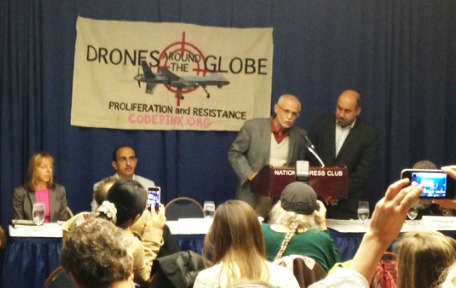
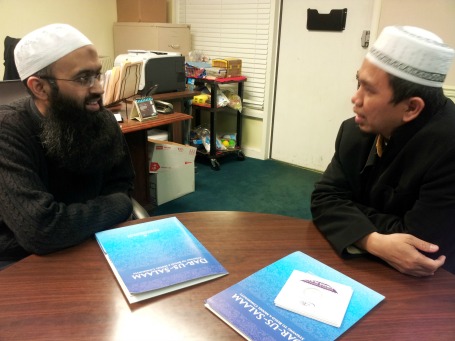
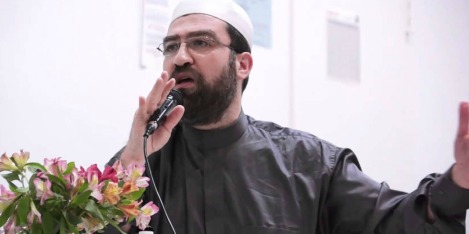
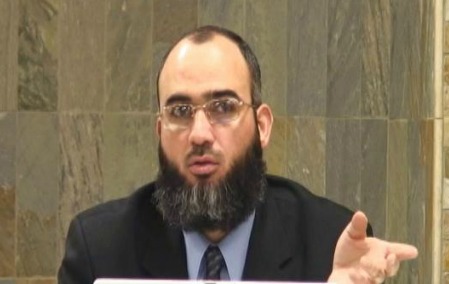

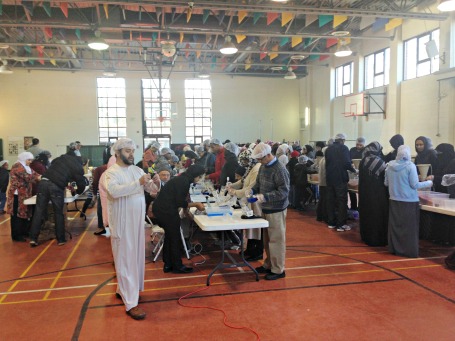
 For over 130 volunteers at the Islamic Society of Baltimore, it was easy to see that each scoop, each fold, and each wrap would make a difference and help them reach their goal.
For over 130 volunteers at the Islamic Society of Baltimore, it was easy to see that each scoop, each fold, and each wrap would make a difference and help them reach their goal.
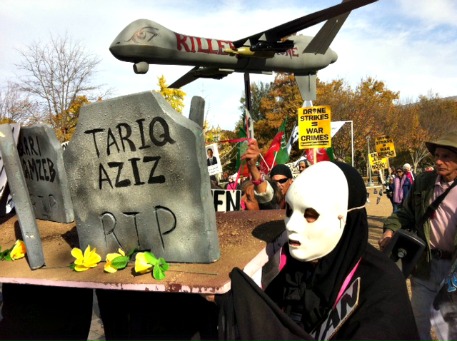
 About 400 people from across international boundaries gathered at animportant drone summit that took place at the Georgetown Law School.
About 400 people from across international boundaries gathered at animportant drone summit that took place at the Georgetown Law School.
